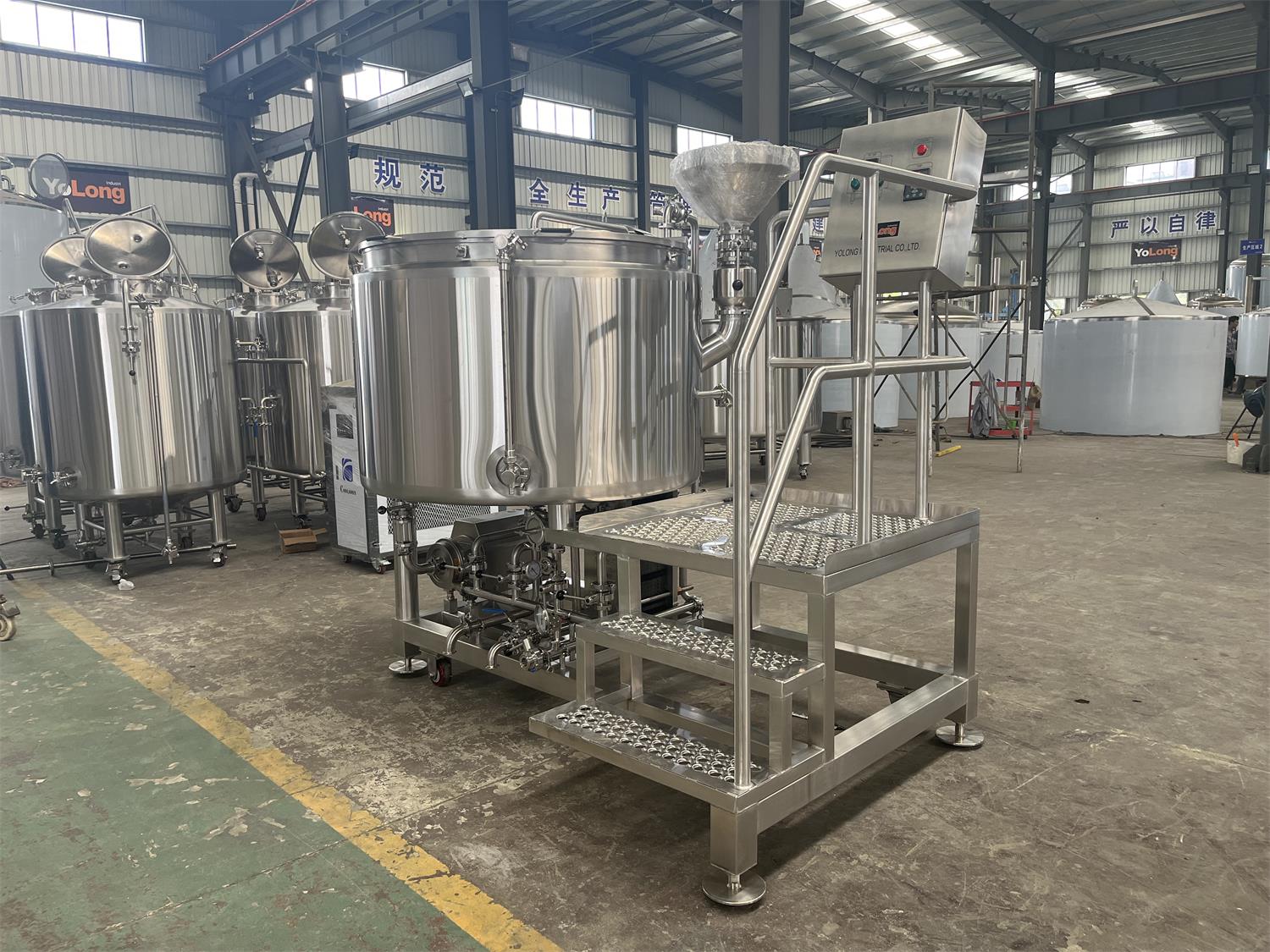Craft Brewing Equipment
Introduction to Craft Brewing Equipment
Craft brewing is an art and science rolled into one. Whether you’re a passionate homebrewer scaling up or an entrepreneur starting a microbrewery, the right equipment is your backbone. Choosing the perfect craft brewing equipment can feel like picking the right ingredients for a favorite dish – it needs to be precise and perfectly suited to your goals.
Craft brewing equipment varies significantly depending on your brewing style, batch size, and ambitions. From mash tuns to fermenters, kettles to kegs, every piece plays a role in creating the magic of beer. But where do you start, and how do you navigate this sea of shiny stainless steel?
Key Equipment in the Brewing Process
Mash Tun: The Start of Flavor Extraction
The mash tun is where the brewing begins. Malted grains are mixed with hot water to extract sugars. A well-designed mash tun ensures even temperature distribution and prevents clumping.
Brew Kettle: The Boil Stage
The brew kettle is where wort is boiled with hops to develop flavor and aroma. Precision is key, and features like whirlpool capabilities can make all the difference.
Fermenters: The Heart of Beer Creation
Fermenters are where yeast transforms sugar into alcohol and CO₂. They come in various sizes and designs, from conical to flat-bottomed, depending on your setup and scale.
Filtration and Conditioning Equipment
This stage polishes your beer. Filters remove unwanted particles, and conditioning tanks allow flavors to mature before packaging.
Packaging Solutions: Kegs and Bottling Lines
Whether you’re filling bottles, cans, or kegs, packaging equipment is crucial for preserving the quality and extending shelf life.
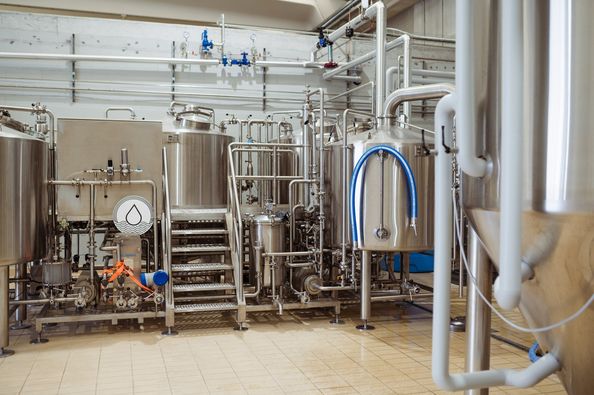
Troubleshooting Common Issues with Beer Fermenters
Fermenters can be finicky! Have you ever faced inconsistent fermentation? It could be due to fluctuating temperatures or contamination. The solution? Invest in fermenters with built-in temperature controls and always clean thoroughly between batches.
Foaming issues during fermentation? That’s usually overactive yeast or an undersized fermenter. A blow-off tube can help manage this.
The Brewing Process Explained
Brewing beer is akin to baking a cake – a step-by-step process where precision is key. It involves:
- Mashing: Extracting sugars from grains in the mash tun.
- Lautering: Separating the sugary liquid (wort) from spent grains.
- Boiling: Adding hops and boiling wort to extract bitterness and aroma.
- Fermenting: Allowing yeast to work its magic and convert sugars into alcohol.
- Conditioning: Letting the beer mature to enhance flavors.
- Packaging: Sealing the beer in bottles, cans, or kegs for distribution.
Craft Brewing Equipment Specifications
Capacity, Design, Customization, and Layout
| Feature | Small-Scale Breweries | Mid-Scale Breweries | Large-Scale Breweries |
|---|---|---|---|
| Capacity | 1–5 barrels | 5–30 barrels | 30+ barrels |
| Space Needed | Compact, 100–300 sq. ft. | Medium, 500–1,000 sq. ft. | Large, 2,000+ sq. ft. |
| Design | Simplistic, manual controls | Semi-automated, modular | Fully automated, high-tech |
| Customization | Limited | Moderate | Extensive |
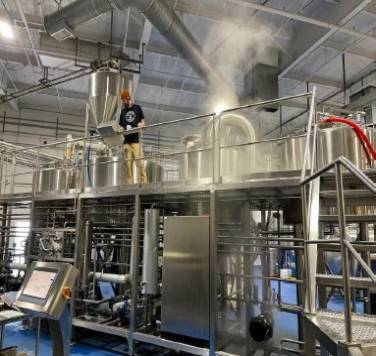
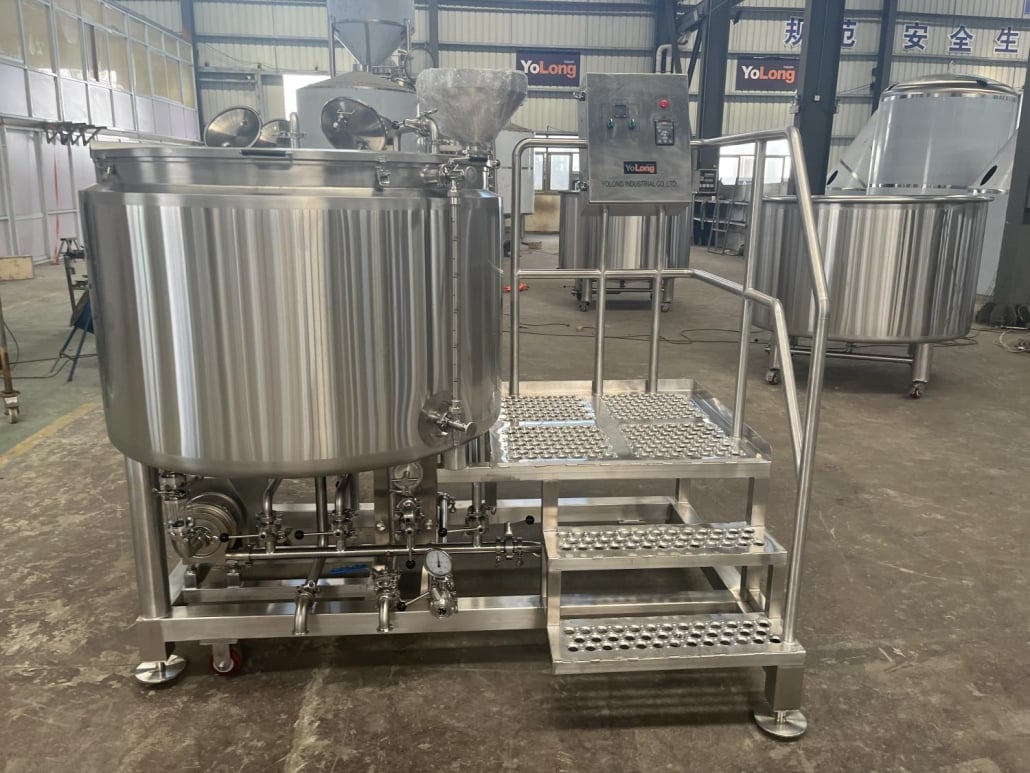
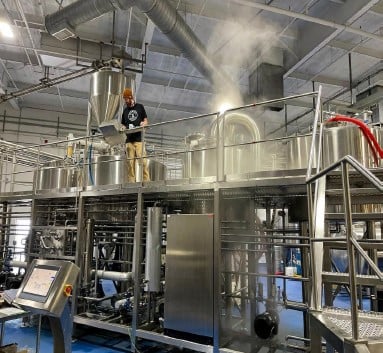

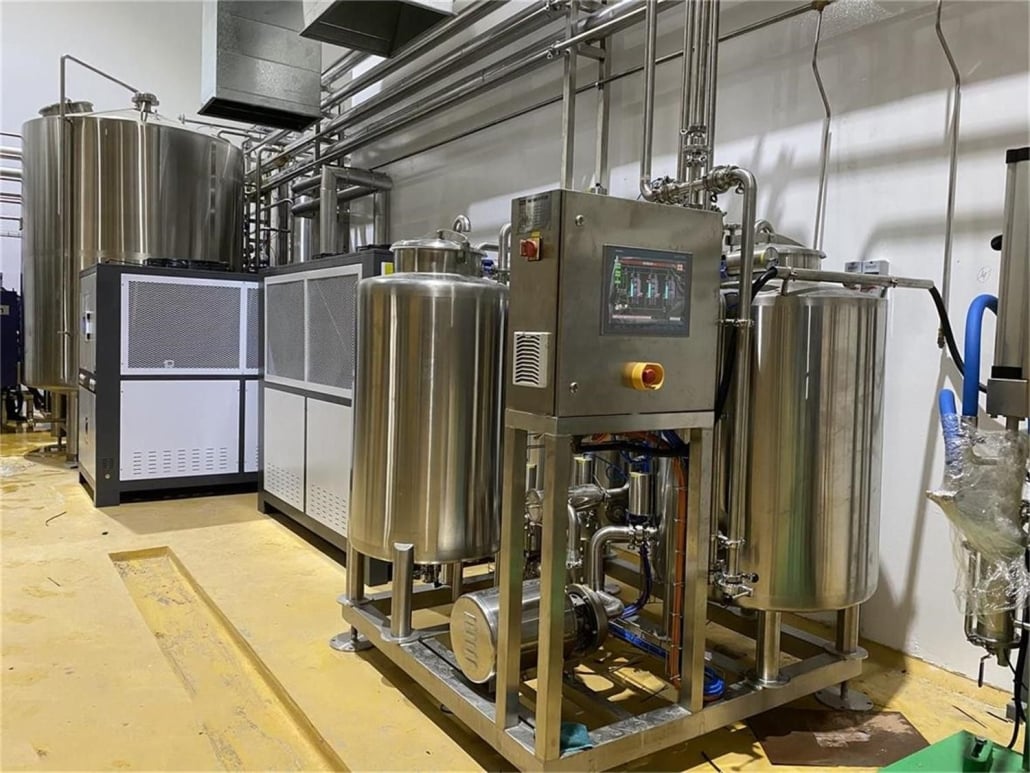
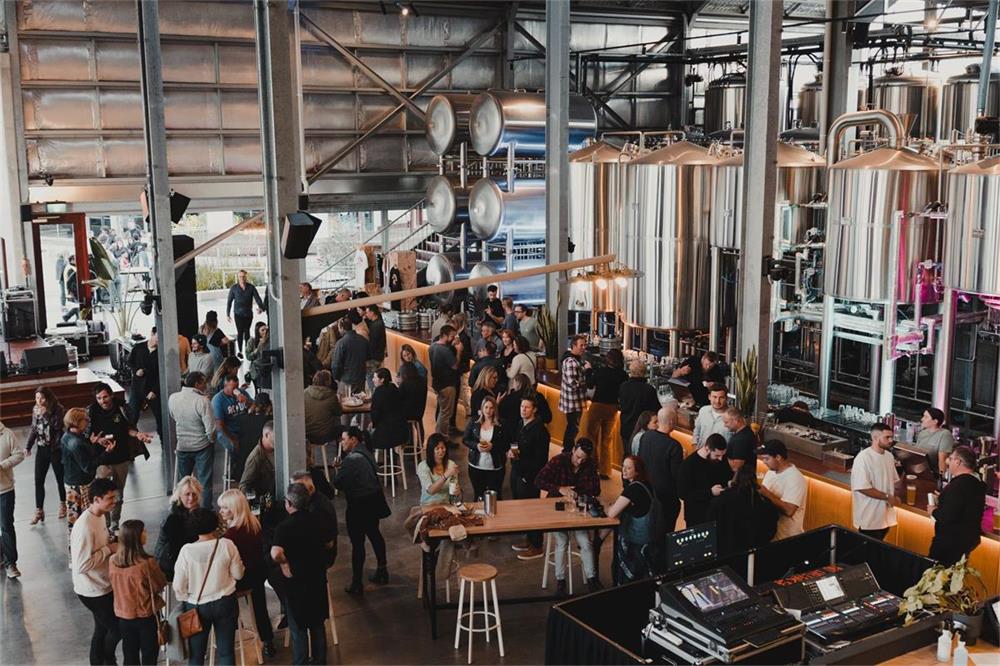
Leading Suppliers and Price Ranges
| Supplier | Equipment Range | Price Range |
|---|---|---|
| BrewTech Solutions | Small and mid-scale setups | $5,000–$50,000 |
| ProBrew Systems | High-efficiency modular systems | $30,000–$200,000 |
| CraftBrew Co. | Complete brewery solutions | $50,000–$500,000+ |
Installation, Operation, and Maintenance
| Aspect | Details |
|---|---|
| Installation | Requires expert guidance to ensure proper setup and avoid future issues. |
| Operation | User-friendly systems with digital interfaces streamline brewing processes. |
| Maintenance | Regular cleaning, calibration, and inspections are critical for ensuring longevity and quality. |
How to Choose the Right Supplier
| Factor | Details |
|---|---|
| Reputation | Look for suppliers with positive reviews and industry certifications. |
| Customization | Opt for suppliers who can tailor equipment to your brewery’s unique needs. |
| Support | Choose vendors offering robust after-sales support and training programs. |
| Budget | Balance cost with quality. Avoid going too cheap, as it may compromise durability. |
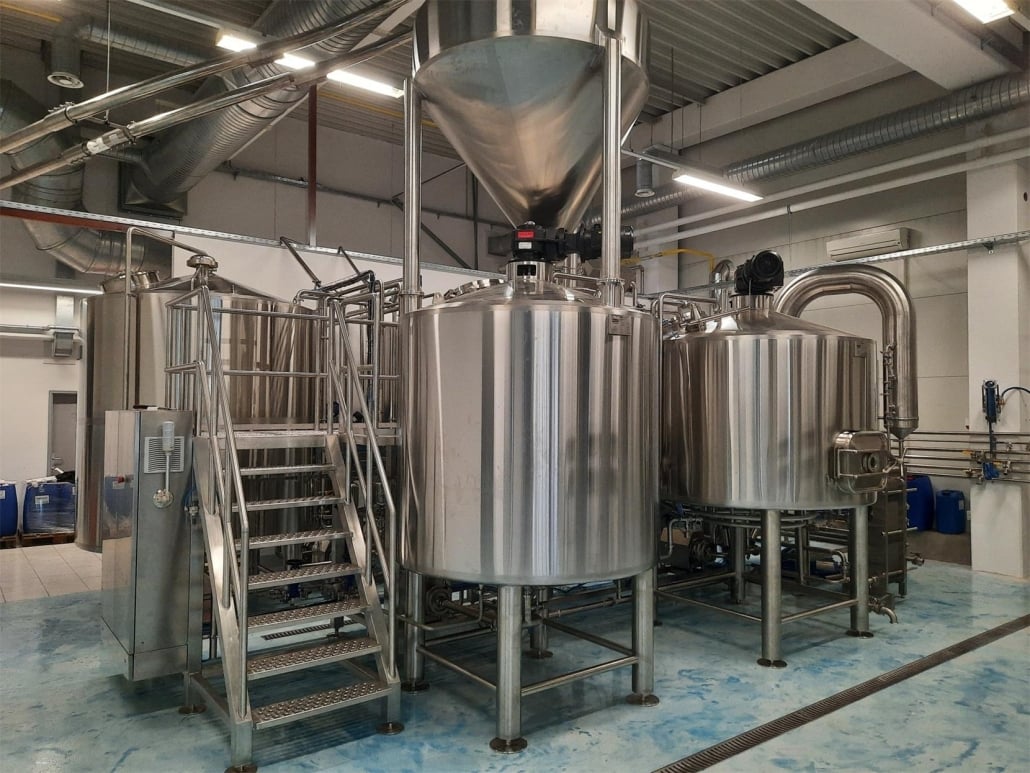
Comparing Pros and Cons of Craft Brewing Equipment
| Feature | Advantages | Limitations |
|---|---|---|
| Stainless Steel Tanks | Durable, easy to clean, aesthetic appeal | Higher upfront cost |
| Automated Systems | Saves time, reduces human error | Expensive to install and maintain |
| Compact Designs | Fits in small spaces, cost-effective | Limited capacity, not scalable |
FAQs
| Question | Answer |
|---|---|
| How much does it cost to set up a small brewery? | It typically ranges from $10,000 to $100,000, depending on equipment and size. |
| What is the lifespan of brewing equipment? | High-quality equipment lasts 10–20 years with proper maintenance. |
| Can I brew different styles of beer on the same system? | Yes, most systems are versatile enough to handle various styles. |
| What materials are used in brewing equipment? | Stainless steel is the most common material due to its durability, resistance to corrosion, and ease of cleaning. Some homebrewers use plastic fermenters or glass carboys. |
| How much does craft brewing equipment cost? | Homebrewing kits can start at $100-$300, while professional setups may range from $10,000 to $1 million depending on the scale. |
Additional FAQs About Craft Brewing Equipment (2025)
1) What’s the optimal heating method for small to mid-scale craft systems (1–20 bbl)?
- Electric: precise, compact; best ≤10 bbl if amperage is available.
- Steam: most even heating and fastest step changes; higher capex/permitting.
- Direct fire: lowest capex; less uniform heating and potential scorching.
2) How do I size a glycol chiller for multiple fermenters?
Plan 1.2–1.5 refrigeration tons per 10 bbl of simultaneous active fermentation, plus 20–30% headroom for crash cooling. Validate with a heat-load calculation and local ambient conditions.
3) Which inline sensors add the most value for consistency?
Temperature, flow meters, gravity/density (inline or at-line), and dissolved oxygen (cold side). These support repeatable mash rests, controlled runoff, tight knockout targets, and low-oxygen packaging.
4) Can I reduce water use without compromising cleaning?
Yes. Implement validated CIP reuse loops, low-water vacuum alternatives, efficient spray balls, and hot liquor tank heat recovery. Track water-to-beer (hl/hl) and set targets by process area.
5) What should I ask suppliers about sanitation and finish quality?
Request weld maps, surface roughness (Ra) specs (≤0.8 μm typical), passivation procedures, and CIP coverage tests. Insist on documentation and photos from the Factory Acceptance Test (FAT).
2025 Industry Trends for Craft Brewing Equipment
- Smart-ready systems: PLC/HMI packages with cloud logging, predictive maintenance for pumps/valves, and app-based alerts.
- Sustainability-first design: kettle vapor condensers, heat recovery to HLT, insulated vessels, VFD-driven pumps.
- Compact modular skids: pre-plumbed, pre-wired brewhouse and cellar modules cut install time and risk.
- Low-oxygen practices: purged transfers, CO2/N2 blanketing, and inline DO meters on bright tanks and packaging.
- Flexible packaging: faster changeovers between can/bottle/keg, with DO guarantees in contracts.
Key 2024–2025 Benchmarks and Adoption
| Metric | 2024 | 2025 (proj.) | Notes/Source |
|---|---|---|---|
| Brewhouse specific energy (kWh/hl) | 22–28 | 18–24 | Brewers Association sustainability benchmarking; OEM case data |
| Water-to-beer ratio (hl/hl) | 4.0–5.5 | 3.2–4.5 | BA resources; integrator reports |
| New installs with heat recovery | ~35% | ~50% | OEM catalogs, installer surveys |
| PLC/HMI adoption ≤30 bbl | ~45% | ~60% | Trade show integrator polling |
| Inline DO on bright tanks (adoption) | ~40% | ~55% | QA audits, supplier shipments |
| Small canning lines with DO ≤40 ppb guarantee | ~32% | ~48% | OEM contract terms, QA reports |
Authoritative sources and further reading:
- Brewers Association Sustainability: https://www.brewersassociation.org/sustainability
- Master Brewers Association of the Americas (MBAA) Technical Quarterly: https://www.mbaa.com/publications/tq
- American Society of Brewing Chemists (ASBC) Methods: https://www.asbcnet.org
- OEM libraries: GEA Brewery Systems (https://www.gea.com), Alfa Laval (https://www.alfalaval.com), ProBrew (https://www.probrew.com), Wild Goose Filling (https://wildgoosefilling.com)
Latest Research Cases
Case Study 1: Heat Recovery Upgrade on a 7 bbl Craft System (2025)
Background: Rising utilities and summer groundwater temps extended knockout times and raised energy use.
Solution: Installed a kettle vapor condenser feeding the HLT and converted to a two-stage plate HX (city water + glycol) with PLC-managed pump/valve sequencing.
Results: 15–17% reduction in brewhouse energy (kWh/hl), water-to-beer improved by 0.5–0.7 hl/hl, knockout time cut by 40% at peak season. No DMS carryover per sensory and SMMT.
Case Study 2: Low-DO Packaging Retrofit for Shelf-Life Stability (2024)
Background: Package DO >70 ppb led to flavor staling and returns on a 25 cpm can line.
Solution: Added inline DO sensor post-filler, nitrogen tunnel before seamer, seam teardown QC every 30 min, and standardized purge times.
Results: Median package DO 28–35 ppb, 38–42% fewer staling-related complaints in 90 days, and +6% filler uptime via faster fault isolation.
Expert Opinions
- Tom Shellhammer, Ph.D., Professor of Fermentation Science, Oregon State University
Key viewpoint: Flavor stability is won by oxygen control from whirlpool through package. Invest first in DO measurement and controlled transfers.
Source: OSU brewing research and industry presentations. - Mary Pellettieri, QA Consultant; Author of “Quality Management for Craft Beer”
Key viewpoint: Minimal viable QA labs (ATP swabs, HLP media, DO/CO2 meters) integrated with equipment data prevent defects and safeguard brand reputation.
Source: Consulting and workshops. - John Mallett, Author of “Malt”; former VP Operations, Bell’s Brewery
Key viewpoint: Repeatability is a machinery and SOP problem—prioritize precise mash/lautering control, boil vigor, and documented procedures before scaling capacity.
Source: Industry talks and publications.
Practical Tools and Resources
- Brewers Association sustainability calculators and case studies: https://www.brewersassociation.org/sustainability
- ASBC Methods of Analysis (microbiology, DO/CO2, SMMT): https://www.asbcnet.org
- MBAA Best Practices and Technical Quarterly: https://www.mbaa.com
- DOE Better Plants calculators (steam, motors, heat recovery): https://www.energy.gov/better-plants
- Process and recipe platforms with equipment profiles: Brewfather (https://brewfather.app), BeerSmith (https://beersmith.com)
- Packaging QA instrumentation: Anton Paar (https://www.anton-paar.com), Pentair Haffmans (https://foodandbeverage.pentair.com), Hach (https://www.hach.com)
- Procurement and peer support: ProBrewer forums and classifieds: https://www.probrewer.com
Last updated: 2025-09-30
Changelog: Added 5 FAQs, 2025 trend/benchmark table, two recent case studies, expert insights, and curated tools/resources tailored to Craft Brewing Equipment selection and optimization.
Next review date & triggers: 2026-03-31 or earlier if BA publishes updated sustainability benchmarks, major OEM catalog/spec changes, or new utility rebate programs affecting craft equipment ROI.
Share this entry
Interested in learning more about Brewing Systems including additional details and pricing information? Please use the form below to contact us!
YOLONG BREWERY EQUIPMENT FAQS
- Commercial Brewery / Craft Brewery / Microbrewery / Nanobrewery
- What is The Difference Between Craft Beer and Industrial Beer?
- The Bespoke Differences In Custom Brewing Systems
- Everything You Need to Know About Kettle Souring
- How to Choose Brewing Equipment for Your business?
- How To Choose The-Best Partner To Build Your Commercial Microbrewing System?
- Two Detection Sensors That You Need To Use In Your Brewhouse System
- Remote Control Applications in Brewing Equipment/How does it work?
- How To Clean Your Brand New Brewery Tanks?

